
From opportunity
to success
Brazil is probably most famous for its fantastic football, its vibrant carnivals, its outstanding coffee, and maybe also for the spectacular beauty of Rio de Janeiro. We will here, through some facts and figures, try to give a more diversified picture of the country.
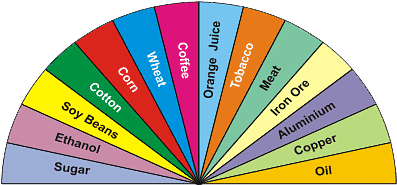
Source: Bradesco
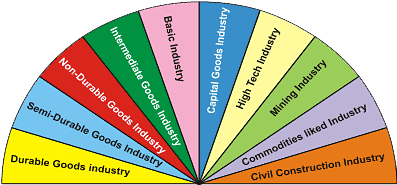
Source: Bradesco
GDP (USD trillion), 2007
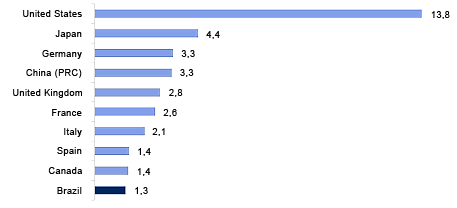
Source: IMF, United Nations, IBGE, national statistics
Population (million), 2007
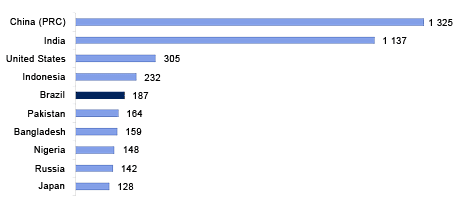
Source: IMF, United Nations, IBGE, national statistics
Primary fiscal balance (% of GDP)

Source: Moody’s
Consumer-price inflation (%)
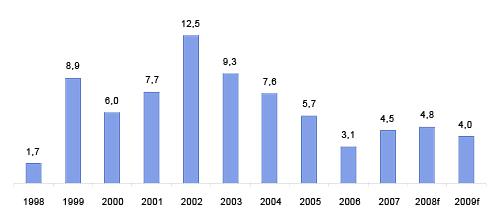
Source: Moody’s
1987–92: Brazil was plagued by weak governments running populist economic policies, finally bringing the country into hyperinflation. The period, which started with the fall of the military government in 1985, was ended by the impeachment of President Collor on corruption charges. From 1987 to 1992, the economy grew on average by less than half a percent per year.
1993–97: The economy was stabilized and inflation was brought down to low levels through the Real Plan, which was based on an austere economic policy. The stabilization generated a huge redistribution of disposable income, which lead to a 40% increase in the living standard of the poor. The Real Plan also generated a large increase in economic growth, which averaged 4.0% per year during the period.
1998–2003: This period was characterized by consecutive economic crises, which hit emerging markets. It started with the Asian crisis in the Autumn of 1997, followed by the Russian crisis in 1998, the Brazilian crisis in 1999, and the Argentine crisis in 2001. Brazil saw its growth rate fall to an average of 1.6% per year during this period.
2004–07: The left-wing Labor Government of President Lula has continued the responsible economic policies of his predecessor, and strongly distanced himself from the populist policies of other left-wing politicians in the region. This has generated strong economic fundamentals, which has made Brazil much less sensitive to economic fluctuations abroad. “A sneeze on the U.S. real-estate market had 10 years ago caused pneumonia in Brazil”, President Lula said recently. And Brazil might, indeed, be one of the economies least affected by the current economic situation. Between 2004 and 2007, the Brazilian economy grew by an average 4.5% per year, and we expect this to continue in the long term, even if 2009 will see a slightly lower growth rate.
GDP growth rate (%, in real terms)
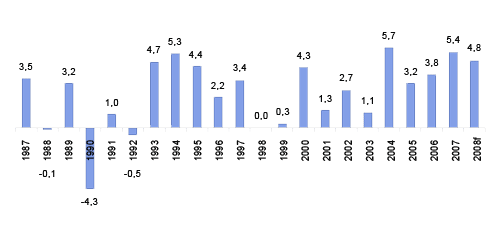
Source: IBGE, Moody’s
International trade (USD billion)
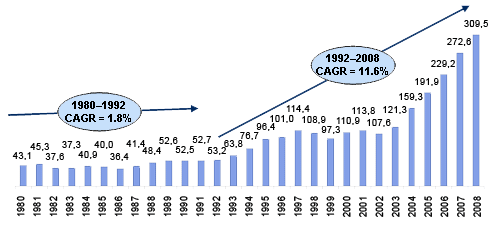
Source: MDIC
Poverty (% of total population)
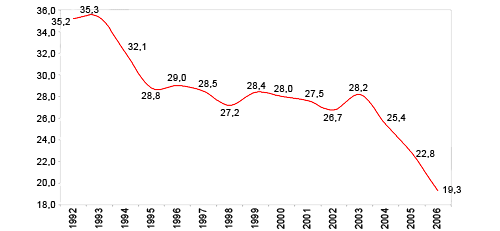
Source: FGV, IBGE/PNAD